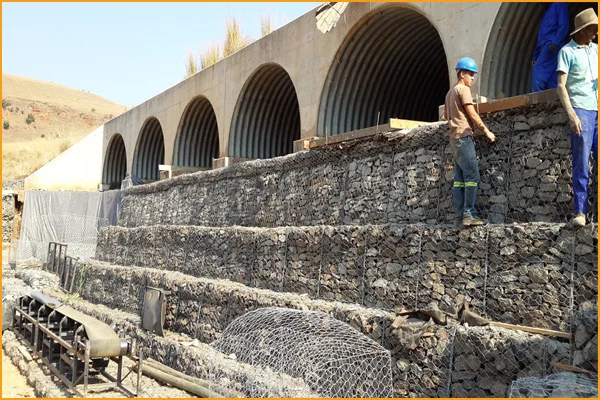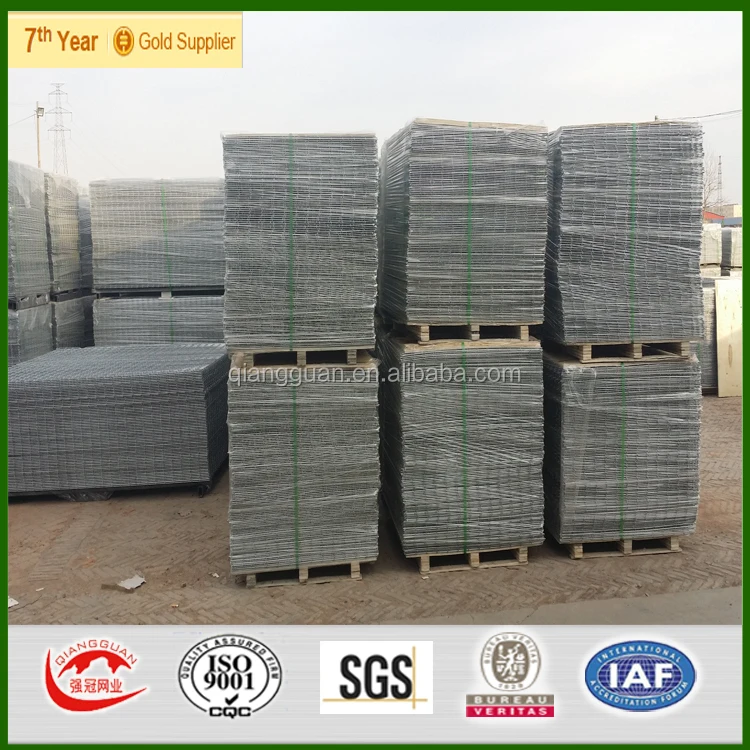What is a Gabion Wall and How Do You Build One?
Table Of Content
Exploring real-life examples of gabion retaining wall projects can provide valuable insights and inspiration for your own design. These case studies showcase the versatility and beauty of gabion walls, demonstrating their successful integration into various landscapes and architectural designs. Proper maintenance is crucial for ensuring the longevity and performance of gabion retaining walls. By following regular maintenance practices, you can preserve the structural integrity and aesthetic appeal of the wall for years to come. The height of the gabion retaining wall is a crucial design consideration, as it determines the load-bearing capacity and stability of the structure. Higher walls require proper engineering analysis and reinforcement to ensure they can withstand the pressure exerted by the retained soil.
Reuse of Natural Materials
Lighting fixtures can be embedded within the wall structure to create an ambient glow or strategically placed to highlight specific areas. The rocks used for filling the gabion cages play a crucial role in providing stability and aesthetics. For example, larger rocks are typically used for higher walls to enhance stability, while smaller rocks may be suitable for decorative walls. The rocks should be durable, able to withstand weathering, and capable of interlocking to create a stable structure. So this may increasingly become a popular building trend as it's certainly easier than trying to build a dry stone wall for most people.
Applications of Gabion Retaining Walls
The wall was strategically designed to create terraced levels, allowing for the creation of different garden zones. The natural stone-filled cages provided a rustic and organic feel, perfectly complementing the surrounding vegetation. The integration of cascading water features and built-in seating areas added functionality and visual interest to the wall, making it a focal point in the garden. Design plays a vital role in creating visually appealing gabion retaining walls that seamlessly integrate with the surrounding environment. Considerations such as wall height, slope stability, and vegetation integration should be taken into account to achieve a harmonious and functional design. The base width of a gabion gravity retaining wall is directly related to the height of the wall.
Low-carbon concrete by CarbonCure Canada - lowering the carbon footprint of…
Garden Gabion Mesh Is Suitable For Residential Landscaping, Enhancing Landscape Design, And Also Building ... - Global Sources
Garden Gabion Mesh Is Suitable For Residential Landscaping, Enhancing Landscape Design, And Also Building ....
Posted: Thu, 10 Aug 2023 07:00:00 GMT [source]
We would also recommend raw metal rather than the ones covered with PVC, as there is already more than enough vinyl building products in the world. Any excavations should be checked for any flows or seepage that require drainage measures. Any flows, seepage or standing water should be directed to a suitable outfall as soon as they are encountered. The wall drainage must be inspected and maintained (rodded/jetted) annually and after particularly heavy rainfall events. This is essential to prevent the pore water pressures increasing behind any retaining wall. Aesthetically speaking, it’s possible to seamlessly integrate brick, stone, and wood fences or walls into any kind of decorating style.
Methods of Installing Pile Foundations

The rock voids within the gabion baskets allows for free drainage of the retained soils and requires a filter fabric be placed between the gabion wall and the backfill soil interface. The geotextile filter fabric will minimize hydrostatic pressure and prevent loss of soil during drainage and drawdown. Gabion gravity retaining walls constructed without the placement of filter fabric will have a tendency to incur a loss of retained soils and grade elevation behind the gabion wall. The type of backfill soil specified will determine the type, and placement of the geotextile filter fabric.
In the event of any damage or structural issues, repairs should be carried out promptly. This may involve replacing damaged wire mesh cages, adding additional rocks to stabilize the wall, or reinforcing weak sections. Regular maintenance can help detect any repair needs early on, ensuring the longevity and performance of the wall.
Decorative Elements
Gabion walls have emerged as a popular solution for various construction and landscaping needs. These unique structures offer a combination of strength, flexibility, and visual appeal that makes them an attractive choice for a wide range of applications. In this article, we will delve into the world of gabion walls, exploring their benefits, construction process, maintenance requirements, design options, and more. However, there are a few materials to keep in mind when choosing what you want to craft your gabion retaining wall out of. Decorative elements can be incorporated into the gabion retaining wall design to add visual interest and create a unique aesthetic.

The drainage system behind the gabion retaining wall should be regularly inspected to ensure proper functioning. Any clogged or blocked drainage outlets should be cleared to prevent water accumulation and potential damage to the wall. Regular monitoring of water flow and soil moisture levels can help identify any drainage issues early on. Gabion retaining walls can be enhanced by incorporating additional landscaping elements. By integrating these elements into the design, the wall can serve multiple purposes and create a dynamic and inviting space.
The cages, typically made of galvanized steel, are available in various sizes and shapes to accommodate different design requirements. Care should be taken to ensure the cages are aligned properly, and any overlaps or gaps are minimized. The construction process of a gabion retaining wall involves several steps that ensure the stability and longevity of the structure. Furthermore, gabion walls have been utilized in architectural and landscape designs to create unique features such as seating areas, decorative walls, and freestanding structures. Their versatility allows architects and designers to explore imaginative possibilities, blending functionality with artistic expression.
The wire mesh cages used for gabion retaining walls are typically made of galvanized steel. Galvanized steel offers excellent corrosion resistance and ensures the longevity of the wall. The mesh size should be chosen based on the size of the rocks being used, ensuring they are securely held within the cages.
The longer the gabion wall sits in the earth, the more it settles into the ground and the stronger it becomes. Gabion retaining walls have a typical lifespan of 50 to 100 years, depending on how much saltwater they’re exposed to. Gabion walls generally do not have a concrete footing, as in other types of retaining walls. Gabion retaining walls not only provide functional and aesthetic benefits but also contribute to environmental sustainability.
Where possible, the infill material should be well graded, in order to increase the overall weight of the retaining wall. To build on 3 levels you will most likely need to pour the bottom slab, build a retaining wall as you suggest, or a short ICF knee wall. Then pour the next one, the next retaining wall /knee wall, and again the next slab, so it could be a long and labour intensive procedure.
The primary purpose of gabion retaining walls is to provide structural support to prevent soil erosion and slope instability. These walls are commonly used to retain soil, create terraces on hilly landscapes, and control water drainage. They are particularly effective in areas with uneven terrain and high water flow, as they help reduce the risk of landslides and flooding.
Comments
Post a Comment